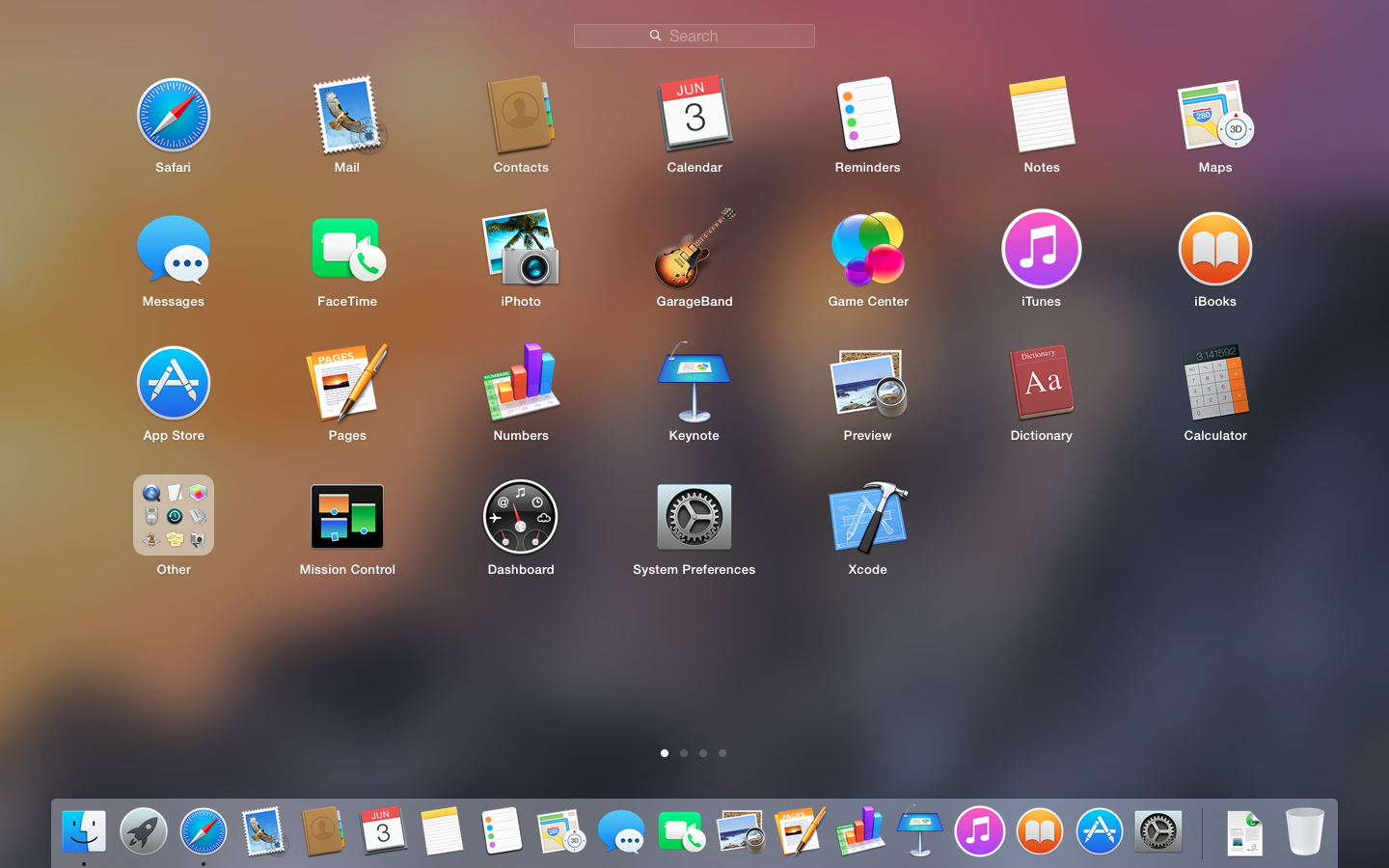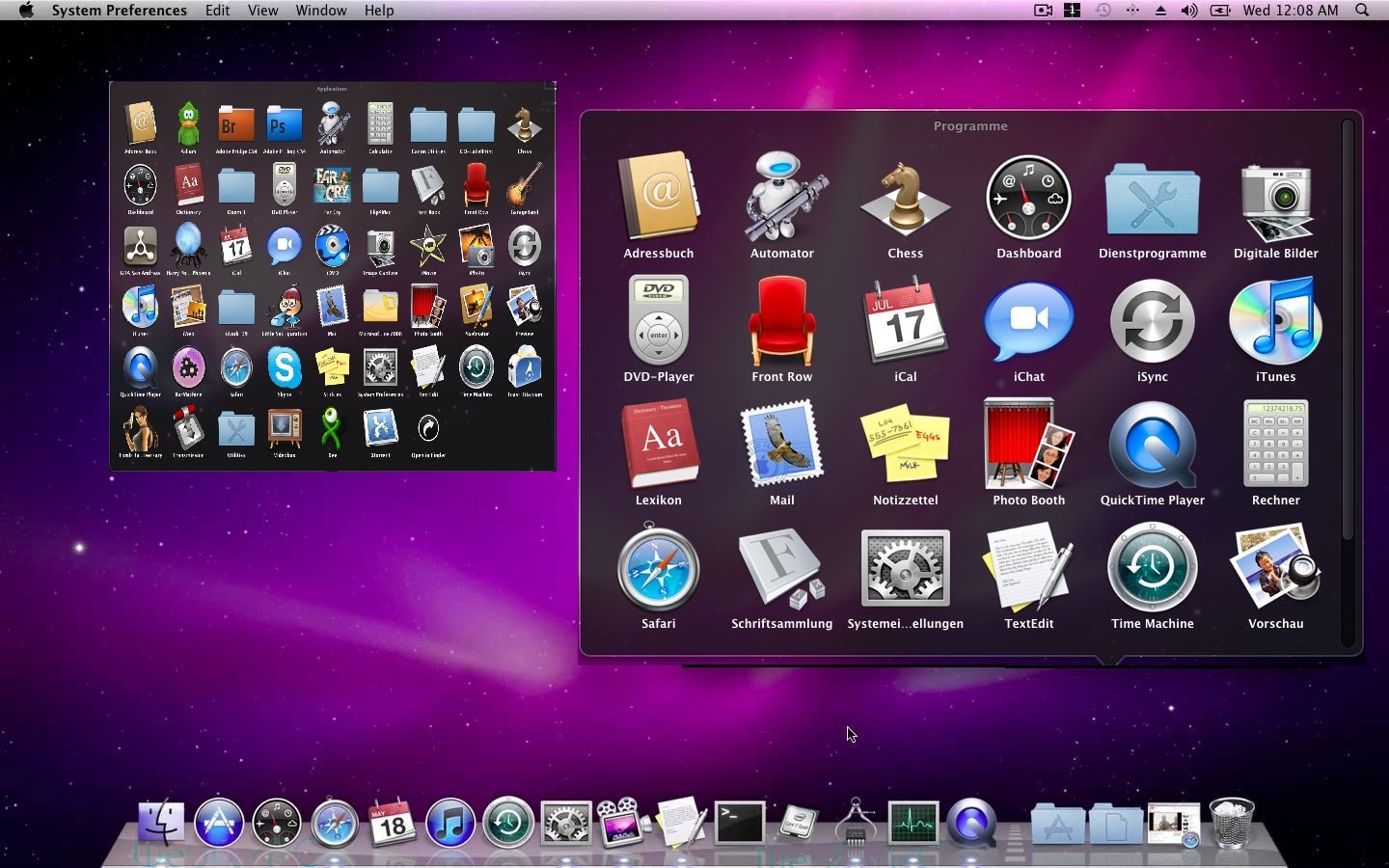Question: Q: Microsoft FrontPage Under Mac OSX Snow Leopard Hi all, I have a MacPro and MacBook Pro that I want to see if anyone knows how I can run M$ FrontPage 2003 SP3 that I run under Windows XP Pro normally and have it as an app or easily accessible to run in MacOSX under Snow Leopard 10.6.7?? Microsoft FrontPage is a discontinued WYSIWYG HTML editor and website administration tool from Microsoft for the Microsoft Windows line of operating systems. It was branded as part of the Microsoft Office suite from 1997 to 2003. Microsoft FrontPage has since been replaced by Microsoft Expression Web and SharePoint Designer, which were first released in December 2006 alongside Microsoft Office.
Microsoft Office FrontPage 2003 running on Windows XP | |
| Original author(s) | Vermeer Technologies |
|---|---|
| Developer(s) | Microsoft |
| Initial release | November 1995; 24 years ago (as Vermeer FrontPage) |
| Final release | 2003; 17 years ago (11.8164.8172) / September 17, 2007; 13 years ago[1] |
| Operating system | Microsoft Windows |
| Type | HTML editor |
| License | Proprietary |
Microsoft FrontPage (full name Microsoft Office FrontPage) is a discontinued WYSIWYGHTML editor and website administration tool from Microsoft for the Microsoft Windows line of operating systems. It was branded as part of the Microsoft Office suite from 1997 to 2003. Microsoft FrontPage has since been replaced by Microsoft Expression Web and SharePoint Designer, which were first released in December 2006 alongside Microsoft Office 2007, but these two products were also discontinued in favor of a web-based version of SharePoint Designer, as those three HTML editors were desktop applications.
FrontPage was initially created by Cambridge, Massachusetts company Vermeer Technologies, Incorporated,[2] evidence of which can be easily spotted in file names and directories prefixed _vti_ in web sites created using FrontPage. Vermeer was acquired by Microsoft in January 1996 specifically so that Microsoft could add FrontPage to its product line-up [3] allowing them to gain an advantage in the browser wars, as FrontPage was designed to create web pages for their own browser, Internet Explorer.[citation needed]
As a 'WYSIWYG' (What You See Is What You Get) editor, FrontPage is designed to hide the details of pages' HTML code from the user, making it possible for novices to create web pages and web sites easily.
FrontPage's initial outing under the Microsoft name came in 1996 with the release of Windows NT 4.0 Server and its constituent Web serverInternet Information Services 2.0. Bundled on CD with the NT 4.0 Server release, FrontPage 1.1 would run under NT 4.0 (Server or Workstation) or Windows 95. Up to FrontPage 98, the FrontPage Editor, which was used for designing pages, was a separate application from the FrontPage Explorer which was used to manage web site folders.[4] With FrontPage 2000, both programs were merged into the Editor.

FrontPage used to require a set of server-side plugins originally known as IIS Extensions. The extension set was significantly enhanced for Microsoft inclusion of FrontPage into the Microsoft Office line-up with Office 97 and subsequently renamed FrontPage Server Extensions (FPSE). Both sets of extensions needed to be installed on the target web server for its content and publishing features to work. Microsoft offered both Windows and Unix-based versions of FPSE. FrontPage 2000 Server Extensions worked with earlier versions of FrontPage as well. FPSE 2002 was the last released version which also works with FrontPage 2003 and was later updated for IIS 6.0 as well. However, with FrontPage 2003, Microsoft began moving away from proprietary Server Extensions to standard protocols like FTP and WebDAV for remote web publishing and authoring.[5] FrontPage 2003 can also be used with Windows SharePoint Services.
A version for the classic Mac OS was released in 1998; however, it had fewer features than the Windows product and Microsoft has never updated it.[6]
In 2006, Microsoft announced that FrontPage would eventually be superseded by two products.[7]Microsoft SharePoint Designer would allow business professionals to design SharePoint-based applications. Microsoft Expression Web is targeted at the web design professional for the creation of feature-rich web sites. Microsoft discontinued Microsoft FrontPage in December 2006.
Features[edit]
Some of the features in the last version of FrontPage include:
- FrontPage 2003 consists of a Split View option to allow the user to code in Code View and preview in Design View without the hassle of switching from the Design and Code View tabs for each review.
- Dynamic Web Templates (DWT) were included for the first time in FrontPage 2003 allowing users to create a single template that could be used across multiple pages and even the whole Web site.
- Interactive Buttons give users a new easy way to create Web graphics for navigation and links, eliminating the need for a complicated image-editing package such as Adobe Photoshop which Microsoft does not sell.
- The accessibility checker gives the user the ability to check if their code is standards-compliant and that their Web site is easily accessible for people with disabilities. An HTML optimizer is included to aid in optimizing code to make it legible and quicker to process.
- Intellisense, which is a form of autocompletion, is a key feature in FrontPage 2003 that assists the user while typing in Code View. When working in Code View, Intellisense will suggest tags and/or properties for the code that the user is entering which was intended to significantly reduce the time to write code. The Quick Tag Editor shows the user the tag they are currently in when editing in Design View. This also includes the option to edit the specific tag/property from within the Tag Editor.
- Code Snippets give users the advantage of creating snippets of their commonly used pieces of code allowing them to store it for easy access whenever it is next needed.
- FrontPage 2003 includes support for programming in ASP.NET a server-sidescripting language that adds interactivity to Web sites and Web pages.
- FrontPage 2003 includes support for macros in VBA.

Versions[edit]
- 1995 — Vermeer FrontPage 1.0
- 1996 — Microsoft FrontPage 1.1
- 1996 — Microsoft FrontPage 97 (version 2)
- 1997 — Microsoft FrontPage Express 2.0 (free simple web page editor came with Internet Explorer 4 and 5, and could be found online from numerous shareware Web sites[8][9])
- 1997 — Microsoft FrontPage for Macintosh 1.0
- 1997 — Microsoft FrontPage 98 (version 3)
- 1999 — Microsoft FrontPage 2000 (version 4): Also included in Office 2000 Premium and Developer editions
- 2001 — Microsoft FrontPage 2002 (version 10): Included in Office XP Professional with FrontPage (volume license only), Office XP Professional Special Edition and Office XP Developer edition. Starting with this version, the version number jumps to 10.0 to tally Microsoft Office versions.
- 2003 — Microsoft Office FrontPage 2003 (version 11): Not included in any of the Office 2003 editions, sold separately. It was included with Windows Small Business Server 2003 Premium Edition.
Note: There is no official version 5 to 9, because after FrontPage was included in some Office editions, the version numbers followed their Office version numbers. Nonetheless, version numbers may appear in the meta tags of HTML code generated by these versions of FrontPage.
Frontpage For Mac Os Recovery Tool
Server Extensions[edit]
FrontPage Server Extensions are a software technology that allows FrontPage clients to communicate with web servers, and provide additional functionality intended for websites. Frequent security problems have marred the history of this Microsoft proprietary technology. It relies on HTTP protocol for communication, and CGI/POST for server-side processing.
Software IDEMicrosoft Visual Studio 6.0 uses this technology for file synchronization purposes, and strongly depends on this technology for file management. Most .NET Microsoft products obsoleted this in favor of WebDAV, but Visual Studio 2005 and 2008 still publishes ClickOnce applications to websites with FrontPage Server Extensions.
See also[edit]

Dreamweaver For Mac
References[edit]
- ^'How to check the version of Office 2003 products'. Microsoft. Retrieved March 7, 2015.
- ^'The Early FrontPage History'. Archived from the original on 2016-11-02. Retrieved 2011-07-15.
- ^'Microsoft Acquires Vermeer Technologies Inc' (Press release). Microsoft. January 16, 1996. Archived from the original on February 16, 2012. Retrieved September 26, 2019.
- ^FrontPage Versions and Timeline
- ^'FrontPage 2003 Frequently Asked Questions'. Microsoft. Retrieved December 12, 2006.
- ^'Frequently Asked Questions About FrontPage'. Microsoft. Retrieved December 12, 2006.
- ^http://www.microsoft.com/office/frontpage/prodinfo/futureoffp.mspx FrontPage 2003 Help and How-to microsoft.com
- ^'You can find the latest version at the www.Microsoft.com Web site' in Ruth Maran, et al.: Office 97 — Superbook, 1998, Marangraphics, ISBN1-896283-42-X
- ^'FrontPage Express is included with Internet Explorer to make it easy for you to upload all of your HTML pages to a server' in Microsoft Internet Explorer 4 — Step by Step, 1997, Catapult/Microsoft Press, ISBN1-57231-514-8
External links[edit]
- Enhancements to Microsoft Office FrontPage 2003 at MSDN
Pages is a powerful word processor that lets you create stunning documents, and comes included with most Apple devices. And with real-time collaboration, your team can work together from anywhere, whether they’re on Mac, iPad, iPhone, or using a PC.
From the start, Pages places you in the perfect creative environment. It puts all the right tools in all the right places, so it’s easy to choose a look, customize fonts, personalize text styles, and add beautiful graphics. And everyone collaborating on a document has access to the same powerful features.
Start with something beautiful.
Choose from over 70 beautiful Apple‑designed templates, and customize your reports, letters, and other documents any way you like. And, if you’ve ever dreamed of writing a book or fairy tale, it’s easy to create interactive stories right inside Pages.
Make progress you can see.
Track changes, add highlights, and have threaded conversations with your team. Your edits are saved automatically.
Stunning results. Effortlessly.
Liven up your text by filling it with color gradients or images. And, take the entire page to the next level by adding photos, galleries, audio clips, video, math equations, charts, or more than 700 customizable shapes.
What’s new in Pages.
NewTurn handwriting into text. Magically.
With Scribble and Apple Pencil, your handwritten words will automatically be converted to typed text. Take notes, write a book, or annotate a paper fast and easy.
NewWrite reports easier.
With new report templates, there’s no staring at a blank page. Jump start an essay, research paper, or school report by choosing from one of the 3 new templates.
Skim through in style.
Now, on your iPhone and iPad, you can read through your document, zoom in and out, and interact with it — without accidentally changing anything.

Play videos right in your documents.
Play YouTube and Vimeo videos right in Pages, without the need to open a web browser. Simply add a link, and play your web video inside your document or book.
You don’t work in one place on just one device. The same goes for Pages. Work seamlessly across all your Apple devices. The documents you create using a Mac or iPad will look the same on an iPhone or web browser — and vice versa.
You can also work on documents stored on iCloud or Box using a PC.
Work together in the same document, from across town or across the world. You can see your team’s edits as they make them — and they can watch as you make yours, too. Just click the Collaborate button and invite people to join.
Use Apple Pencil on your iPad to sketch, illustrate, and create documents. Draw and fine-tune your idea, then press play to watch each stroke animate onto the page. Plus, with Smart Annotation, your edits stay with the marked-up text, making it easy for you and your team to incorporate changes.
Latest Os For Mac
Teaming up with someone who uses Microsoft Word? Pages makes it simple. You can save Pages documents as Word files. Or import and edit Word documents right in Pages.
Numbers
Create great-looking
spreadsheets. Together.
Keynote
Build stunning, memorable
presentations. Easily.
